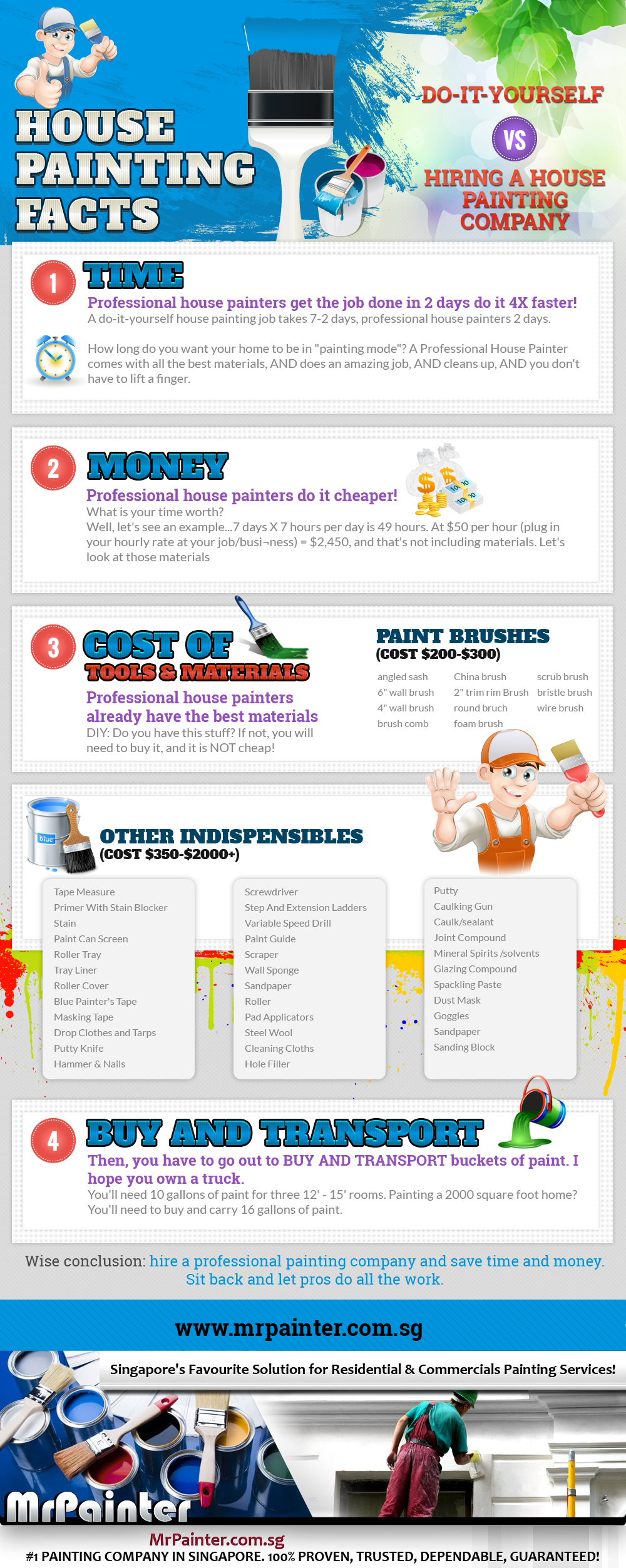Seasonal Considerations For Business Outside Paint: What You Required To Know
Seasonal Considerations For Business Outside Paint: What You Required To Know
Blog Article
Post Created By-Leach Urquhart
When you're preparing a commercial exterior paint project, seasonal elements can make or damage your outcomes. You'll wish to take into consideration how temperature and humidity impact paint application and drying times. Choosing the best period can guarantee your paint adheres properly and lasts much longer. But which how to know if paint has gone bad are genuinely the best for this sort of job? Let's check out the key elements that can affect your job's success.
The Influence of Temperature Level on Paint Application
When you're planning a business external paint project, the temperature can dramatically affect how well the paint sticks and dries out.
Ideally, you want to repaint when temperatures vary in between 50 ° F and 85 ° F. If professional commercial painting 's as well cool, the paint may not heal appropriately, bring about issues like peeling off or fracturing.
On the other side, if it's as well hot, the paint can dry out also promptly, preventing proper attachment and leading to an irregular surface.
You ought to also think about the time of day; morning or late afternoon supplies cooler temperature levels, which can be more beneficial.
Constantly check the producer's recommendations for the details paint you're using, as they frequently offer guidance on the perfect temperature level array for ideal results.
Humidity and Its Impact on Drying Times
Temperature isn't the only environmental variable that influences your business external paint project; humidity plays a substantial duty too. High moisture levels can decrease drying out times substantially, impacting the total quality of your paint task.
When the air is saturated with moisture, the paint takes longer to cure, which can bring about concerns like bad bond and a greater threat of mildew growth. If you're painting on a specifically humid day, be prepared for extended delay times between coats.
It's crucial to keep an eye on local weather and plan as necessary. Preferably, aim for moisture levels in between 40% and 70% for ideal drying.
Keeping these factors in mind guarantees your task stays on track and delivers an enduring surface.
Best Seasons for Commercial Outside Painting Projects
What's the best time of year for your commercial exterior paint jobs?
Springtime and early fall are generally your best options. Throughout https://interior-painter-near-me09865.bloggazzo.com/33409262/employee-expert-painters-to-transform-your-home-s-facade-and-take-pleasure-in-the-remarkable-results-that-will-certainly-inspire-you-to-look-for-additional-enhancements , temperature levels are mild, and humidity levels are frequently reduced, creating optimal problems for paint application and drying.
Avoid summer season's intense heat, which can create paint to dry too swiftly, causing poor adhesion and finish. Similarly, winter months's cold temperature levels can prevent proper drying out and healing, risking the longevity of your paint task.
Aim for days with temperature levels in between 50 ° F and 85 ° F for optimum outcomes. Remember to check the neighborhood weather forecast for rainfall, as damp problems can destroy your job.
Planning around these variables guarantees your painting project runs smoothly and lasts much longer.
Final thought
In conclusion, preparing your industrial exterior painting tasks around seasonal considerations can make a substantial difference in the result. By organizing work throughout the perfect temperatures and humidity levels, you'll guarantee far better adhesion and drying times. Remember to watch on neighborhood weather prediction and choose the right time of year-- springtime and early fall are your best bets. Taking these steps will aid you attain a resilient and specialist finish that lasts.
